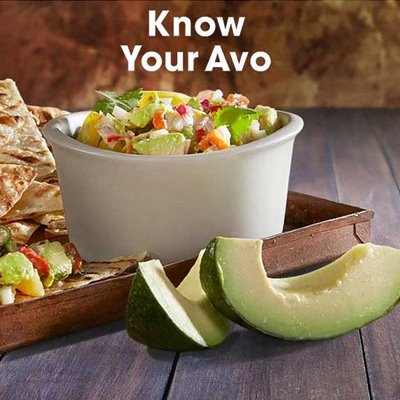All About Avo's

What’s yellowish-green on the inside, in demand all over the world and good for you? Avocados, of course! Smooth-skinned or pebbly, they are all delicious and versatile.
We are spoiled for choice, with South African avocados available on-shelf almost all year round because of the many varieties being grown locally in different areas of the country. Early season fruit is available from March and the last of the local season comes to market in November. Green-skinned avo varieties, including Fuerte, Edranol, Ryan, Reed and Pinkerton, are available until October, while a variety of dark-skinned (Hass-type) avocados including Hass and Maluma® are ready to eat from March until November.
The beautifully creamy, slightly nutty Hass type avocados have a hard, thick, pebbly skin that makes it oh-so-simple to serve half an avo. The skin colour of Hass type avos assists in telling whether the fruit is ripe: they usually turn from green to a dark purple-brown as they ripen.
Smooth-skinned avocados really do melt- in- the-mouth. To test for ripeness with these easy-to-bruise varieties, simply give a gentle squeeze in the palm of your hand, or feel the stalk – it should fall off easily when the avocados are ready to eat.
Avocados always ripen from the round end of the fruit, then continue up to the stem end, and should be carefully stored to avoid spoilage. Ripe and ready avocados are readily available at many retail outlets. However, if you prefer to buy hard avocados, just keep them at room temperature until they are ripe. To speed up the ripening process, place avocados in a fruit bowl with other fruit, especially bananas – or better still, put them into a brown paper bag with a few bananas.
Avocado Recipes
Click here for inspiration on many ways to prepare avo's.
Useful avocado storage tips
- Hard, unripe avocados can be kept refrigerated for a few days to prevent ripening.
- The best temperature is 6 - 7°C (normal household fridge temperature). Lower temperatures should be avoided.
- Moving avocados in and out of cold storage repeatedly is very bad for the fruit quality.
- When avocados are ripe, they can be stored at 4 °C without damage occurring.
- If avocados are stored for too long at low temperatures they will show typical signs of chilling injury – blackening of the skin and internal grey or brown discoloration.
Avos can be included as part of a healthy eating plan as they are virtually free of sodium and are a source of potassium with just half an avocado providing 420 mg of potassium. In addition, their high monounsaturated fat content helps to reduce blood cholesterol levels and lowers the risk for heart disease when used to replace saturated and trans fats.